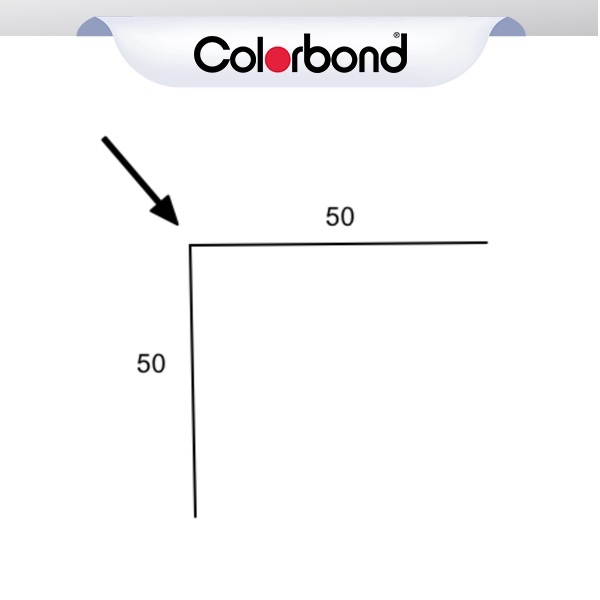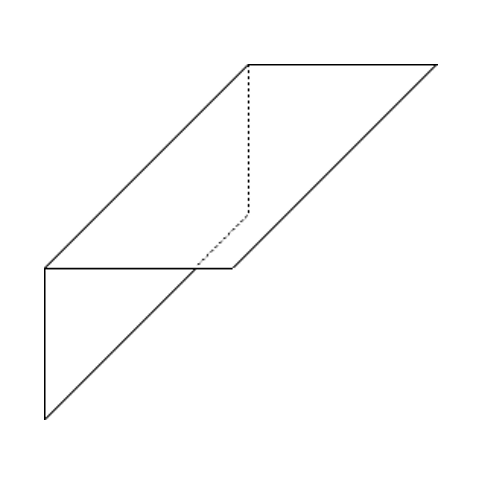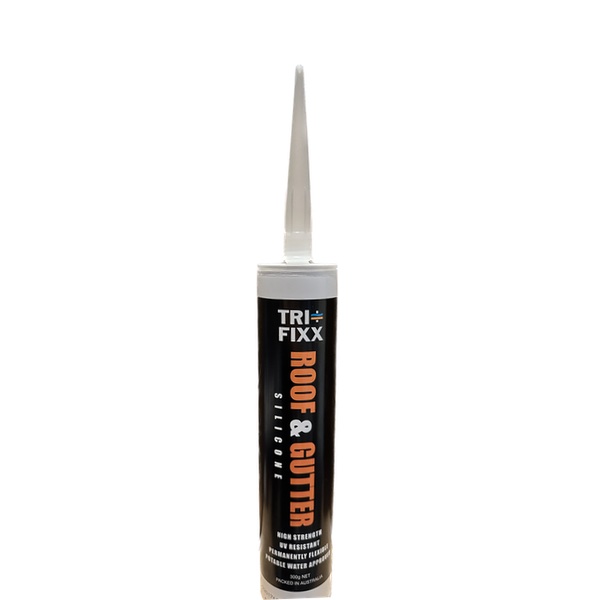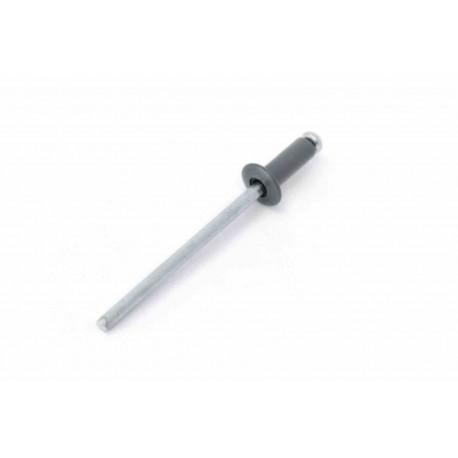Where are you shopping for today?
Delivery State:
The Colorbond right-angle flashing is made from high-quality flat sheet steel, designed to ensure optimal performance as roof flashing, shaping it to fit each application perfectly. It is compatible with various gutter types, including quad gutter, shallow gutter, and square gutter, highlighting the product's versatility in managing water flow and preventing damage across different roof designs. Whether these gutters are the robust rectangular gutter formed between roof surfaces or a parapet wall, the precisely angled gutter for internal slopes, or the versatile gutter with its various edge types, all benefit from the precision of Colorbond right angle flashing. And, of course, all our products are extensively performance tested, backed by the strength of the BlueScope warranty, and can be relied on with total and absolute confidence.
Harnessing Efficiency and Assurance: Navigating Warranties and Costs with Colorbond Right Angle Flashings Used on Roof Surfaces
Once upon a time, homeowners embarked on a journey to enhance their abodes in the bustling states of Victoria, New South Wales, Tasmania, and Queensland. Among their primary quests was to manage costs while ensuring that the materials used could withstand time and weather. Enter Colorbond right angle flashings, a choice that promises durability but also brings with it questions about warranties and cost management. Specifically, the Colorbond right angle flashing is perfectly compatible with box gutters, offering enhanced durability and effectiveness, especially in areas adjoining a parapet wall, ensuring that the materials can withstand weather and roof traffic demands.
Understanding Warranties for Colorbond
When it comes to warranties for materials like Colorbond, customers can feel assured knowing that their investment is protected. Colorbond steel, used for both roofing and flashings, typically comes with a warranty from the manufacturer, BlueScope Steel. This warranty covers corrosion to perforation by weathering in the natural elements. For homeowners in the diverse climates of Victoria to Queensland, such guarantees offer peace of mind.
According to the National Construction Code Compliance (NCCC), materials must meet stringent standards. Colorbond Steel adheres to these, ensuring that homeowners receive quality products that are compliant with national building regulations.
Cost Management in Home Improvements
Managing the budget for home improvements is a tale as old as time. The Australian Bureau of Statistics highlights that over 60% of homeowners exceed their initial budget during home renovations. This overrun can often be attributed to unforeseen circumstances and changes in project scope. To mitigate these issues, planning and selecting cost-effective yet high-quality materials like Colorbond right angle flashing can be crucial.
Metal Roofing Online: Your Trusted Partner for Colorbond Right Angle Flashing
At Metal Roofing Online, we understand the intricacies of managing home improvement projects. With years of experience serving customers across Victoria, New South Wales, Tasmania, and Queensland, we pride ourselves on offering not only premium products like Colorbond but also expert advice on managing your project within budget. Our easy-to-navigate website ensures that all your roofing needs are just a click away, making your online ordering process seamless and efficient.
Conclusion
In conclusion, understanding the warranties available for Colorbond and managing the costs of home improvements are essential for achieving a successful renovation project. Whether revamping a quaint cottage in Tasmania or a modern home in Queensland, Metal Roofing Online supports your endeavours with high-quality materials. Have you considered how Metal Roofing Online can assist in your next home improvement project?
Exceptional Durability Meets Style: Right Angle Flashing 50 x 50 - COLORBOND®
Unmatched Protection for Your Home Colorbond Right Angle Flashing 50 x 50 - COLORBOND® offers superior weather resistance that protects your home against harsh elements. Made from high-grade COLORBOND® steel, this product is built to withstand severe storms, intense sunlight, and heavy rain, making it an ideal choice for safeguarding roof joints, corners, and intersections. The robust material prevents water ingress, ensuring long-lasting protection and peace of mind.
Eco-Friendly and Energy Efficient Embrace sustainability with COLORBOND® steel, a product renowned for its eco-friendly properties. The Colorbond Right Angle Flashing contributes to a greener planet by being 100% recyclable and reflecting heat away from your home. This thermal efficiency can reduce your cooling costs significantly during hot summers, making it an economically smart choice as much as an environmental one.
Aesthetic Appeal to Complement Your Home: Choose from various colours to perfectly match your home’s exterior design. The sleek and modern finish of the Colorbond Right Angle Flashing enhances the architectural beauty of your house, boosting curb appeal and increasing property value. Whether renovating or building new, this accessory promises to integrate seamlessly with your roof, providing a look that is as stunning as it is functional.





